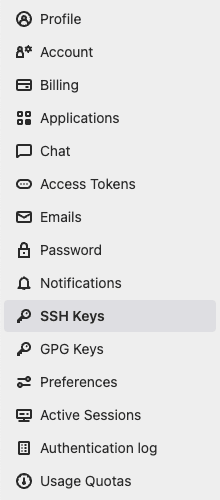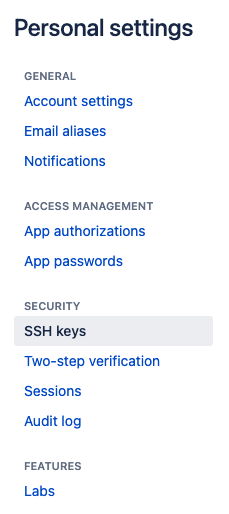SSH stands for - "Secure Shell"
It is a protocol that enables secure communication between 2 machines over the internet
An SSH key is just a secure alternative to email/password authentication to identify yourself as a valid contributor to a remote repository on GitHub, GitLab, and Bitbucket.
Entering an email and password can become a pain any time you may want to clone down or push your code up to a remote source, thus setting up SSH keys will save you some time, not to mention the added layer of security through encryption between communications.
SSH keys are generated using a combination of symmetric and asymmetric encryption as well as hashing to provide a secure tunnel when sharing data between devices.
























